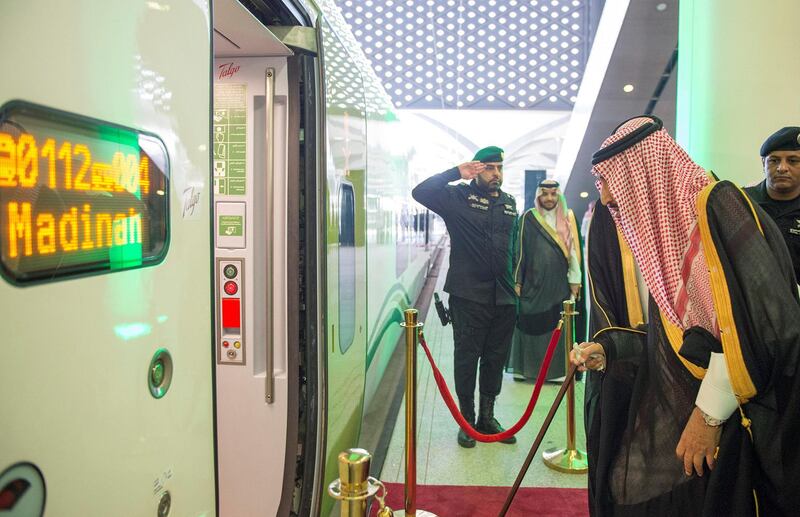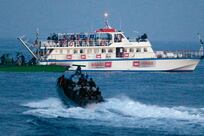For students of history the inauguration this week of Saudi Arabia's first high-speed train is a moment that connects the past and future. The 450km Haramain High Speed Railway runs between Madinah and Makkah, via King Abdullah Economic City, King Abdul Aziz International Airport and Jeddah on the Red Sea coast. From October 4, trains travelling at more than 300kph will carry millions of passengers a year. The railway will have important economic benefits for the Kingdom's coastal developments, but its main purpose is to reduce the time taken to travel between Makkah and Madinah, a journey undertaken by many pilgrims who perform Umrah or Hajj. By bus, the journey takes up to six hours. By train, it will be under two.
This ambition by Saudi Arabia to ease the passage of pilgrims echoes the purpose of the historic Hejaz Railway, built by public subscription after an appeal to the world’s Muslims in 1900 by Abdul Hamid II, the 34th Sultan of the Ottoman Empire. Completed in 1908, the line ran 1,300km from Damascus to Madinah, cutting to just five days a difficult and dangerous journey that took up to six weeks by caravan. The line was hugely popular with thousands of pilgrims who flocked to Damascus from as far afield as Iraq, Russia and Central Asia, but it wasn’t in service for long. In the First World War the railway was used to transport Turkish troops and was attacked and put out of commission by followers of Hussein bin Ali, the Sharif of Makkah, who rose in revolt against Ottoman rule.
One hundred years later, the Haramain line evokes the past but also symbolises the ambition of the rapidly modernising Kingdom, and that of a region increasingly at the forefront of technological innovation. Virgin’s plans to build a supersonic Hyperloop transport system in the UAE came a step closer last month and Saudi Arabia’s new railway may reawaken interest in the GCC’s dormant Trans-Arabian Railway, planned to run from Kuwait to Oman. Owing to the First World War, plans to extend the Hejaz line from Madinah to Makkah never came to fruition. A century on, that important link has now finally been made. But the ultimate destination of this historically resonant line and the high-speed trains that will run on it is the future.





